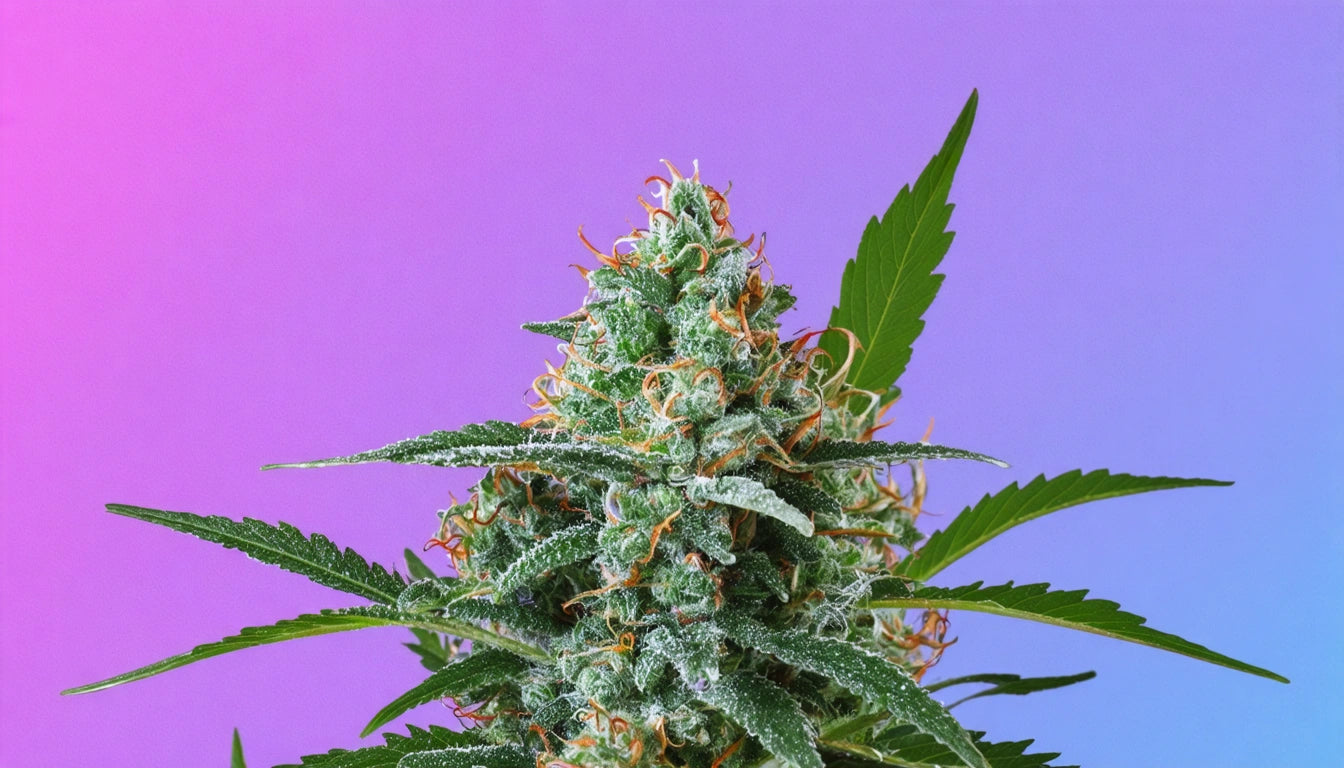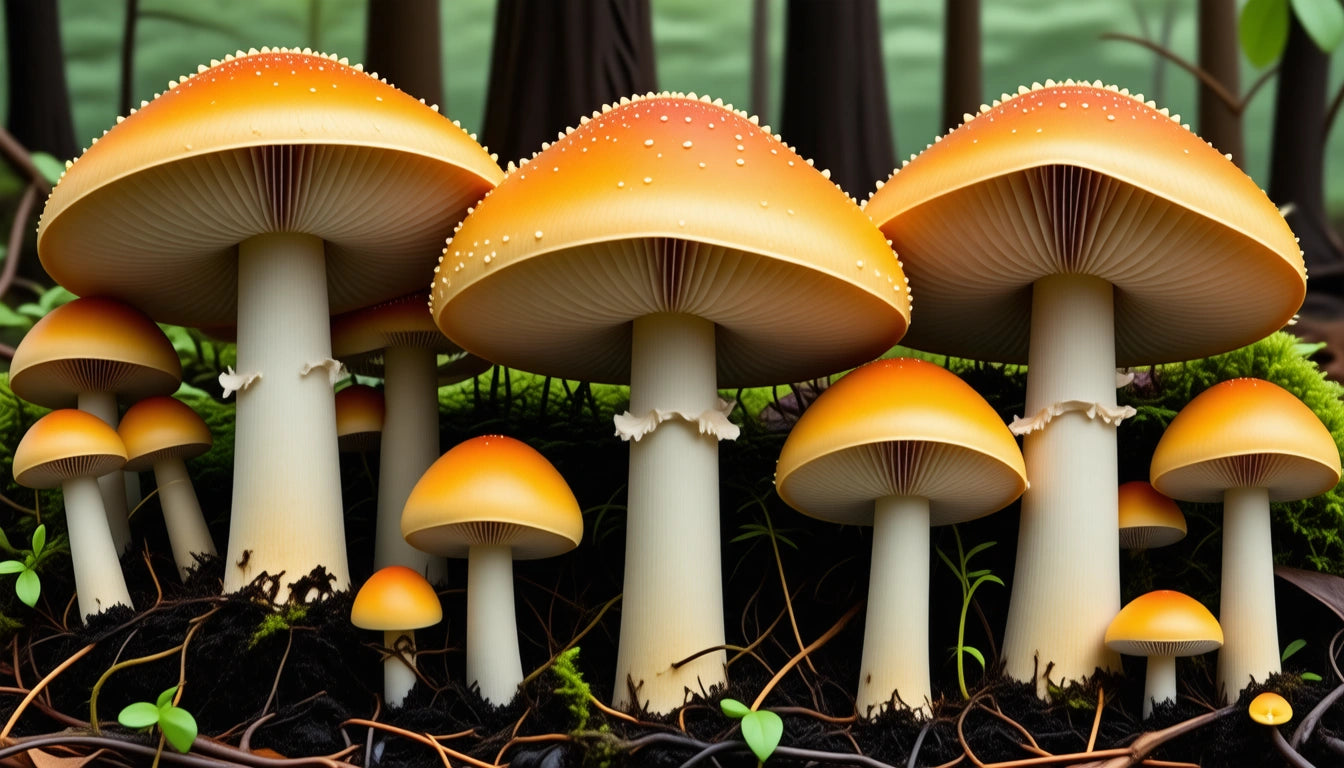Table of Contents
- Runtz Family Origins: Hybrid Genetics Explained
- White Runtz and Pink Runtz: Indica-Leaning Favorites
- Blue Runtz and Black Runtz: Comparing Indica/Sativa Ratios
- Cherry Runtz and Strawberry Runtz: Fruity Phenotypes
- Exotic Runtz Variants: From Apple Tartz to Tropical Runtz
- Storage Considerations for Preserving Runtz Strain Properties
Exploring the Indica or Sativa Origins of Popular Runtz Cannabis Strains
The Runtz family of cannabis strains has exploded in popularity, leaving many consumers wondering about their genetic makeup and effects. Are these colorful, candy-named varieties indica or sativa dominant? The answer isn't always straightforward, as most modern cannabis strains, including the Runtz lineage, are complex hybrids with varying genetic ratios. This guide explores the indica and sativa characteristics of popular Runtz strains to help consumers make informed choices.
Runtz Family Origins: Hybrid Genetics Explained
The original Runtz strain is indica or sativa hybrid, specifically a 50/50 balanced cross between Zkittlez and Gelato. This even split gives Runtz a unique profile that delivers both cerebral effects typically associated with sativas and physical relaxation characteristic of indicas. According to cannabis strain classification research, these balanced hybrids often provide the most versatile experiences.
While the original Runtz maintains this balance, its numerous offspring and phenotypes can lean more heavily in either direction. The primary parent strains contribute specific characteristics:
- Zkittlez: Provides fruity flavor profiles and euphoric effects
- Gelato: Contributes creamy notes and relaxing body sensations
White Runtz and Pink Runtz: Indica-Leaning Favorites
White Runtz Indica/Sativa Ratio
The White Runtz strain indica or sativa question has a clearer answer than some variants. White Runtz typically leans indica-dominant (approximately 60% indica/40% sativa), resulting in stronger body effects while maintaining the fruity, sweet profile of the Runtz family. This phenotype is distinguished by its heavy trichome production, giving it a frosted, white appearance that inspired its name.
Pink Runtz Genetic Profile
Similarly, Pink Runtz strain indica or sativa composition tends toward indica dominance, though slightly less pronounced than White Runtz. With roughly a 55% indica/45% sativa split, Pink Runtz offers relaxing effects with a moderate cerebral uplift. Its pink-hued flowers and berry-forward terpene profile make it visually and aromatically distinct from other Runtz varieties.
Blue Runtz and Black Runtz: Comparing Indica/Sativa Ratios
Blue Runtz strain indica or sativa classification leans slightly more toward the sativa side than other Runtz varieties, with approximately a 45% indica/55% sativa ratio. This gives Blue Runtz a more energetic, uplifting effect profile while still providing some physical relaxation. Its blueberry notes complement the candy-like sweetness characteristic of the Runtz lineage.
In contrast, Black Runtz strain indica or sativa genetics skew heavily indica (approximately 70% indica/30% sativa), making it one of the most physically sedating members of the Runtz family. Its darker coloration and deeper, more pungent aroma reflect its indica-dominant nature, as detailed in this genetic analysis of popular strains.
Cherry Runtz and Strawberry Runtz: Fruity Phenotypes
The question of whether Cherry Runtz strain sativa or indica dominant has a nuanced answer. Cherry Runtz maintains a relatively balanced profile (55% indica/45% sativa) but expresses more pronounced cherry and berry terpenes. These fruity compounds can enhance the perceived cerebral effects, creating a more balanced experience despite its slight indica lean.
Strawberry Runtz strain indica or sativa composition follows a similar pattern to Cherry Runtz, with a slight indica dominance. Its strawberry aroma comes from elevated levels of the terpene linalool, which contributes to its stress-relieving properties while maintaining the euphoric qualities users expect from the Runtz lineage.
Exotic Runtz Variants: From Apple Tartz to Tropical Runtz
The Runtz family continues to expand with increasingly exotic variants, each with unique indica/sativa expressions:
- Apple Tartz strain indica or sativa: This variant leans slightly sativa (45% indica/55% sativa), offering a more energetic high with pronounced apple and tart flavor notes.
- Tropical Runtz strain indica or sativa: With a balanced 50/50 hybrid profile, Tropical Runtz delivers equal parts mental stimulation and physical relaxation, accompanied by mango and pineapple terpene notes.
- Rainbow Runtz strain indica or sativa: This colorful phenotype maintains the original Runtz's balanced hybrid status but with enhanced visual appeal and a broader terpene profile.
- Super Runtz strain indica or sativa: Leaning slightly indica (60% indica/40% sativa), Super Runtz offers enhanced potency while maintaining the candy-like flavor profile.
Other variants like Gogurtz strain indica or sativa, Greasy Runtz strain indica or sativa, and Red Runtz strain indica or sativa continue to emerge, each with subtle variations in their genetic expressions and effect profiles.
Storage Considerations for Preserving Runtz Strain Properties
Regardless of whether your preferred Runtz variant leans indica or sativa, proper storage is essential for preserving its unique characteristics. Terpenes, which contribute significantly to both flavor and effects, are volatile compounds that degrade when exposed to light, air, and fluctuating temperatures.
For optimal preservation, store your Runtz strains in airtight containers away from direct light. Our specialized storage containers with child-resistant lids not only help maintain freshness but also ensure compliance with safety regulations, particularly important for these candy-named strains that might appeal to younger individuals.
Understanding the indica or sativa leanings of various Runtz strains helps consumers make informed choices based on their desired effects. While classification systems continue to evolve beyond the simple indica/sativa dichotomy toward chemotype and terpene profiles, these traditional categories still provide a useful framework for predicting likely effects, as explored in this comprehensive analysis of cannabis strain origins.











Leave a comment
All comments are moderated before being published.
This site is protected by hCaptcha and the hCaptcha Privacy Policy and Terms of Service apply.